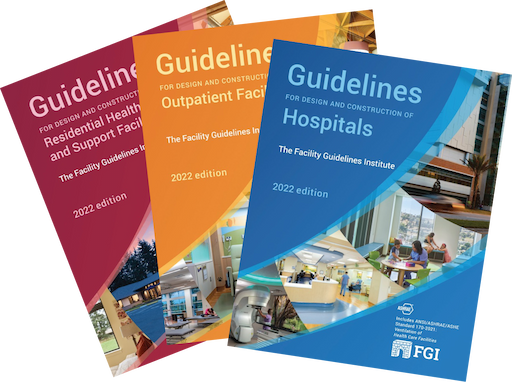Virtual Care: Guidance for Healthcare Settings
Telemedicine services have been on the rise over the last couple of decades, showing continual, moderate expansion. While there has been much excitement about the possibilities and promise of telemedicine in providing care to underserved and rural areas, challenges to implementation have been significant, due in part to Centers for Medicare and Medicaid Services reimbursement regulations. However, during the COVID-19 pandemic, regulatory waivers and the potential benefits to both patients and clinicians have fostered unprecedented growth and, importantly, acceptance of (and even preference for) virtual care over face-to-face office visits.
This issue brief, published by the Center for Health Design in partnership with FGI, is the result of a long-standing collaboration between the two organizations. The brief explores the origins and expanding use of telemedicine for virtual care, the role of the built environment in facilitating care via telemedicine, and how evidence was used to support and develop language for the Guidelines for Design and Construction documents. Among the subjects discussed are space needs, privacy, acoustics, lighting, gaze angle and camera distance, interior surfaces, site identification, and equipment-associated issues.
Virtual Care: Guidance for Healthcare Settings